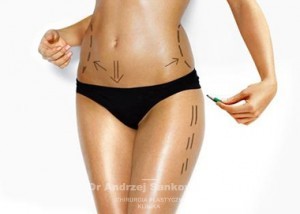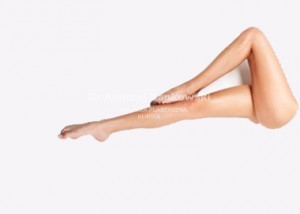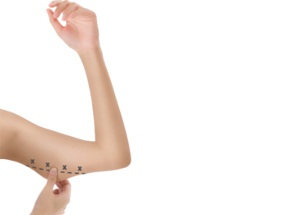Gynecomastia

WHAT ARE THE TYPES OF GYNECOMASTIA?
- Glandular gynaecomastia with significant gland expansion.
- Fat gynaecomastia predominantly with high levels of adipose tissue.
- Mixed gynaecomastia with hypertrophy of gland and adipose tissue.
Gynaecomastia can be caused by:
- deficiency of male hormones (hypogonandism)
- oestrogen overproduction
- hyperprolactemia (increased prolactin production)
- drug use, drugs (marijuana, amphetamine, cannabis), anabolic drugs
- nipple cancer
- other diseases such as cirrhosis, hyperactivity or hyperthyroidism, kidney failure
GOAL
The procedure of gynaecomastia is aimed at removing abnormal tissue and restoring correct, male shape of the chest.
PREPARATION
Before the procedure, you should consult one of our specialists. Our office can help in selecting them.
Before the procedure itself, the patient will meet with the doctor who is operating him or her at the preoperative consultation again; additionally, there will also be a consultation with the anaesthesiologist (if his or her assistant is required).
During these consultations, you will find out in great detail everything about the operations you are interested in. You will certainly get comprehensive and honest answers to questions about the procedure, its course, post-operative period and expected effect as well as possible problems and possible complications. The consultation will also be an excellent opportunity to meet the person who will determine your appearance. It is of great importance for the course of treatment to establish a contact with a doctor and gain trust in him/her. You will also learn about the place where the procedures take place, you will personally check the conditions in which you will be present during and after the operation. During the consultation, the doctor will tell you how to prepare yourself for the procedure.
The procedure should not be performed during or just before monthly bleeding, illness, colds or herpes. In case of the above mentioned circumstances, the procedure is postponed to a different date, without any additional formalities on the part of the patient.
Two weeks before the planned procedure, you should not take any drugs from the group of salicylates (Polopyrin, Aspirin, etc.) and you should refrain from smoking cigarettes.
On the day before the procedure, eat a normal supper and bathe.
You should refrain from eating and drinking 6 hours before the procedure, while medicines taken every day should be taken as if every day.
CONTRAINDICATIONS
All serious and chronic diseases are contraindications: diabetes, cardiac diseases, clotting disorders.
TESTS FOR THE PROCEDURE
For general anaesthesia, the following tests are necessary:
- blood type
- morphology with blood smear, ESR
- urine test
- coagulogram (APTT, Prothrombin Ration, INR)
- fasting blood glucose level
- electrolites (K, Na)
- ionogram, urea, creatinine
- Antigen HBS, HIV, HCV
- ECG with description
- chest radiograph
- breast ultrasound
- nose smear
TYPE OF ANAESTHESIA
The operation is carried out under general anaesthesia.
DURATION OF THE PROCEDURE
Between 1 and 1.5 hour.
POSTOPERATIVE SYMPTOMS
After the procedure, the patient stays in the clinic for 1 day. For a period of 3 to 4 weeks, the patient must wear compression clothing in order to reduce swelling and get rid of excess skin.
COURSE OF CONVALESCENCE
After surgery, the patient should wear compression dressing for 7 days, until the stitches are removed.
POSSIBLE COMPLICATIONS
The patient who decides to take the procedure must also be aware that the larger the breasts, the bigger the postoperative scars will be.
Most common complications:
- occurance of haematoma,
- possibility of infection
- scar overgrowth
- the formation of irregularities following removal of very large breasts
Fortunately, the complications mentioned above occur rarely and properly treated do not affect the final outcome of the procedure, although they may require additional surgical intervention.
TIME SPENT IN THE CLINIC/ABSENCE
The time the patient stays in the clinic is 1 day, and the absence is about 7 days.
PROCEDURE’S EFFECTS
The final effect of the procedure is obtained after about 3 months, it is important for the patient to control their weight.













